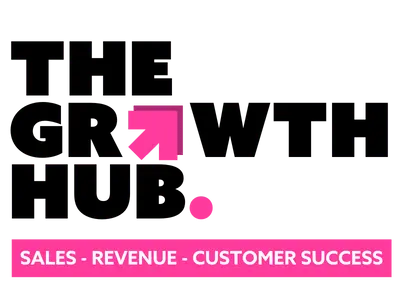Cold calling is regarded as the traditional type of selling. It’s the kind of calling every salesperson needs to be able to do, but it’s not necessarily the most profitable. While cold calling involves calling a prospect who doesn’t know you or your product and trying to sell to them, warm calling, comparatively, involves calling people you already know are relevant leads. These are people who had previous contact with you or your business and are already known on your database.
The problem with cold calling
Cold calling is the foundation for all salespeople. It’s the most direct way to get someone to buy from you. But there are some problems that come with it:
- 90% of C-suite execs never reply to cold calls.
- It takes an average of 209 cold calls to generate one appointment or meeting.
- 63% of salespeople say cold calling is their least favourite part of Sales.
It takes a lot more effort and hours to get cold calls to work. Sometimes you get lucky and strike gold a few times in a row but, typically, a cold call is very hit-and-miss. You’ll go through the full range of sales rejection – being hung up on, being told to get lost, voicemail upon voicemail, not being put through by the ‘gatekeeper’, and more.
Why warm calling?
Warm calling is defined as: “Warm calling is connecting with a company that you’ve proactively identified as a good fit, although they haven’t demonstrated an interest in your product or service yet. Based on your knowledge and experience, they fit the profile of your successful customers.”
If appropriate, it’s recommended to spend at least one hour a day calling warm leads. To get the most out of that time, ensure you provide an exceptional level of service to those leads. Especially if the lead is a customer, make sure you reward them and keep them happy, so they’ll be more forthcoming when it comes to finding new business.
Essentially, focusing on warm calling should result in increased amounts of connected calls, warmer and more engaged conversations, and more chance to either progress to a deal, or open up a new opportunity.
Just make sure you do your homework before making the call – know what they’ve engaged with in the past, any purchase history, who they’ve spoken to before, and so on.
Moving warm leads to hot leads
Warm doesn’t mean ‘ready to buy’. So, how can you heat up warm leads and make them hot leads? Building rapport is the best way to do it. You know they’ve previously shown an interest or engaged with your business before, but it’s been a while since that happened. It’s time for a refresher.
Use that time to re-establish the relationship, reminding the prospect about your unique selling proposition, and find out more about how their needs have changed. Remember, always offer value.
If the lead isn’t ready to buy still, don’t be afraid to utilise your strong relationship and ask for referrals. For example, if selling a cloud-solution to an IT buyer, you could ask: ‘Do you know anyone who might be investing in a cloud solution in the next 3–6 months?’ Additionally, incentive and reward these referrals – tickets to a sports event, dinner out, vouchers.
Warm calling clearly requires some form of engagement beforehand, so you can’t only rely on it as there will be times when there are no warm leads to call. However, warm leads should be continually engaged, particularly if they haven’t been spoken to in a while. Warm calling is a great use of time to stimulate more business. So once a day, put together a list of warm contacts who haven’t been spoken to in a while, focus on the quality of the call, and get ringing.




